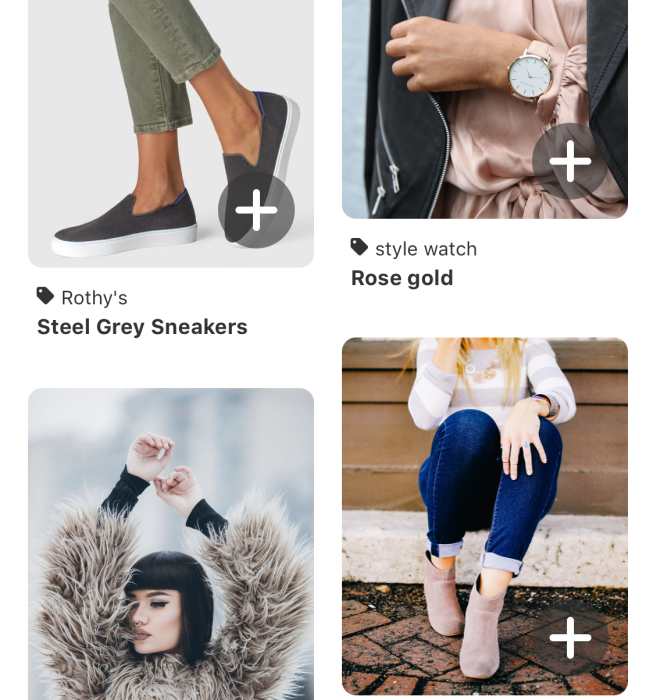For marketers, the large number of users active on social media are impressive. But intent matters. Which platforms are wired for commerce and used with shopping in mind? Marketers would like to tap into the audiences where ads and deals aren’t interrupting the native experience that users came to engage with, whether viewing content, consuming news or communicating with friends.
Based on their eCommerce and adtech partners, “visual discovery” hub Pinterest makes a strong case that its users are already shopping when they land on their first pin. Pinterest Partner Hootsuite finds incentive in the large number of household decision makers in this audience, including a growing number of American dads to add to the large segment of younger and middle-age women Pinners. Enterprise solution BigCommerce finds sizeable eCommerce potential among Pinterest’s 100 million active users, including 93 percent who go there with a plan to purchase and 87 percent of users who have made a purchase in the past because of Pinterest.
Pinterest first launched its Marketer Developer Partners program in 2015. Recently at Cannes, they announced an expanded and rebranded third-party partner program to play to this strength. The stated aim is to provide more opportunities to shop and to buy, while making the experience a more “inclusive global ecosystem,” according to the company. Shopping experience platforms like Shoppable, Drizly and others will be able to connect products featured on a Pin with retailers who can fulfill orders and ship those products.
One of the more wholesale offerings for brands is through product inventory feeds. Michael Akkerman, Global Head of Pinterest Partners Program, explained this new feature, and some of the others, to me.
“Brands can now upload their full product feed to Pinterest via Catalogs and easily turn their products into dynamic Product Pins, which means more shoppable Pins to be discovered and purchased across Pinterest,” he said. “Once products are uploaded, businesses can decide if they want these to be standard Pins, Shopping Ads, or both. Through an updated dashboard, we also enable businesses to organize their feed so their products can become shoppable.”
The option for brands to shuffle their presence this way, switching from native placements to ads and back, will give brands the power to make the exposure and shopping experience more relevant. But it also helps that users come to Pinterest with shopping in mind, to begin with.
It’s clear from this internal video that as far as Pinterest’s own concept of their experience is concerned, it’s virtually indistinguishable from an eCommerce site.
“The natural behavior on Pinterest is shopping,” Akkerman stated. “People come to Pinterest with commercial intent looking for things to try or buy. Over the years, we have heard it loud and clear from Pinners that they want more options and availability to purchase the products they find in the Pins they love.”
Akkerman added that visual search technology is also something the company has been building upon, leveraging its unique dataset, which includes billions of “ideas” (the images curated by users), which helps refine the shopping features on the platform.
“Over the years,” he said, “we’ve had the opportunity to learn from users and hear what retailers want. Pinners want a way to discover styles and products they love, but they also wanted to visit the retailer for customer service, returns and to complete the purchase of multiple items. Our shoppable Product Pins allow us to facilitate personalized discovery and to ‘one-tap click-out’ to complete purchases.”
Certainly these features help carry Pinterest users with high intent to their goal, instead of dropping potential sales. At the other end of the spectrum, brands will have a more robust set of tools aimed at amplifying their message authentically.
Akkerman explained, “More and more advertisers are looking for an integrated marketing approach so they can have an authentic conversation with their consumers. On Pinterest, businesses have the ability to have an organic presence, paid amplification with ads, as well as gain earned media through interactions with their paid content. This holistic framework is something brands and consumers have been asking for, and we’re looking forward to continuing to deliver this value to businesses on Pinterest.”
Improved measurement within this expansion comes in the form of tag management, provided by partners like PixelYourSite and Tealium, who can track “closed-loop” measurement of sales and online conversions.







